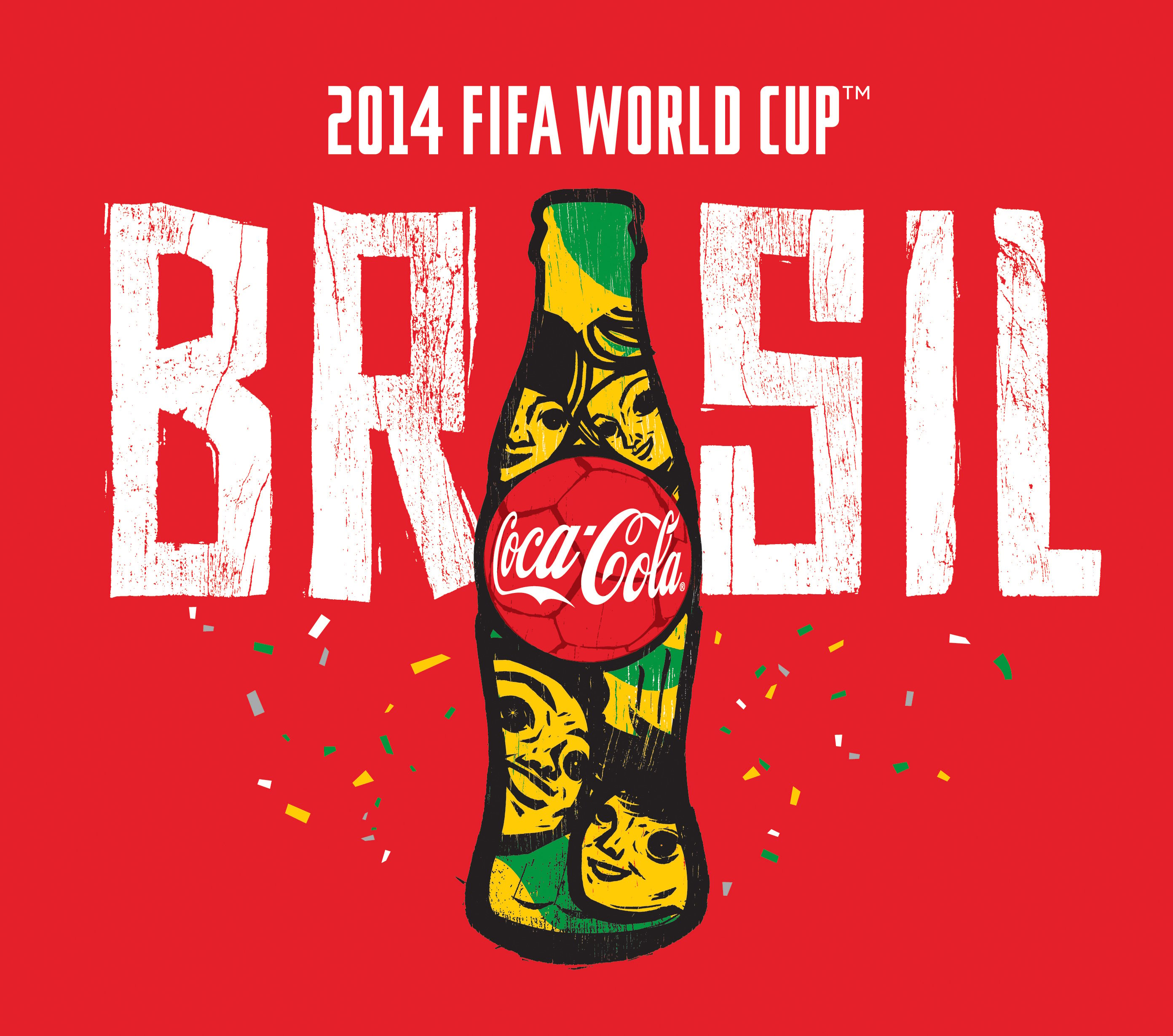For U.S. advertisers, the World Cup isn’t the Super Bowl when it comes to spending.
It’s a lot better.
ZenithOptimedia estimates that 2014 World Cup ads will boost worldwide advertising spending by an astounding $1.5 billion, roughly five times as much as was spent on the last Super Bowl (roughly $300 million).
Much to the horror of some, such as conservative columnist Ann Coulter, soccer is gaining popularity in the U.S., as evidenced by the huge ratings ESPN garnered from the U.S. matches against Ghana and Germany. Fans interested in attending the next month’s World Cup final in Brazil can expect to pay about $6,000 for a ticket, or more than double the average price paid by fans to attend Super Bowl XLVIII, according to CBSNews.com.
According to data from Nielsen cited by the Wall Street Journal, television ad spending for soccer hit $378 million in 2013, a 43% increase from 2010.
Now, I am not suggesting that the Super Bowl is on the decline. In fact, the comparisons between World Cup ads and Super Bowl ads are somewhat unfair. The World Cup takes place once every four years, during a span of several weeks, and involves teams from many countries around the world. The Super Bowl, of course, takes place for one day and is mostly of interest to fans in the U.S.
However, the growing interest that U.S. fans are showing in the competition is too large for marketers to ignore, even considering that the games are only interrupted by commercials at halftime.
Companies that are eager to reach mass audiences such as Coca-Cola (KO), McDonald’s (MCD) and Sony (SNE), which are among the biggest World Cup’s advertisers, need to figure out the best way to stretch their ad dollars to reach soccer’s growing fan base in the U.S. while at the same time maintaining their relationships with the NFL, which is by far America’s most popular professional sport both in terms of its TV ratings and the value of its franchises.

Coca Cola is one International US Company Spending Big Bucks on World Cup Ads
Paying out big bucks for World Cup ads is a bit of crap shoot, however.
Consider the case of Adidas (ADDYY). The athletic apparel maker shelled out between $25 million and $50 million to become a “major partner” of FIFA, soccer’s governing body. Unfortunately for the European company that has dominated the soccer market for decades, much of the media’s attention at the World Cup has been focused on its rival Nike (NKE), whose World Cup ads have impressed.
The headline in Bloomberg Businessweek even bluntly asked “Is Nike Going To Win the World Cup?”
NKE has spent big bucks on a World Cup marketing campaign and inked endorsement deals with some of the sport’s biggest stars, such as Portugal’s Cristiano Ronaldo, that have yielded huge payoffs. Scoring the deal to outfit the U.S. World Cup team certainly helped as well. Indeed, surging soccer sales were responsible in part for Nike’s better-than-expected earnings report.
Other companies have plenty on the line with the World Cup, too.
Twitter (TWTR) has unveiled a slew of special features to make it easier for fans to voice their opinions about their favorite teams on the microblogging site. According to the Associated Press, there were more than 16 million Tweets sent during the recent U.S.-Ghana and Brazil-Croatia matches, which is comparable to the 19 million movie fans who used the site during the Oscars. Meanwhile, the Brazil-Chile match broke the company’s all-time record for “buzz.”
Similarly, the World Cup has been a huge deal for Facebook (FB), which set a record for interactions, and Google (GOOG).
Bottom Line
For investors looking to score a “goal” for their portfolio, it’s not easy to find a World Cup “play” — especially among those with winning World Cup ads — since the good news from the tourney is already baked into the prices of the stocks we have discussed here.
The one pick, though, that stands out to me is Walt Disney (DIS), the parent of ESPN, which is broadcasting the games. Disney is trading at reasonable at a reasonable multiple of about 18 and has plenty going for it besides soccer, such as its theme parks and a $1 billion-plus franchise called Frozen. Perhaps you’ve heard of it.
One thing is for sure — the corporate frenzy over this year’s World Cup will pale in comparison to the 2020 competition. When it comes to business, there is no such thing as too much of a good thing. The price of World Cup ads is bound to skyrocket.
As of this writing, Jonathan Berr did not hold a position in any of the aforementioned securities.
